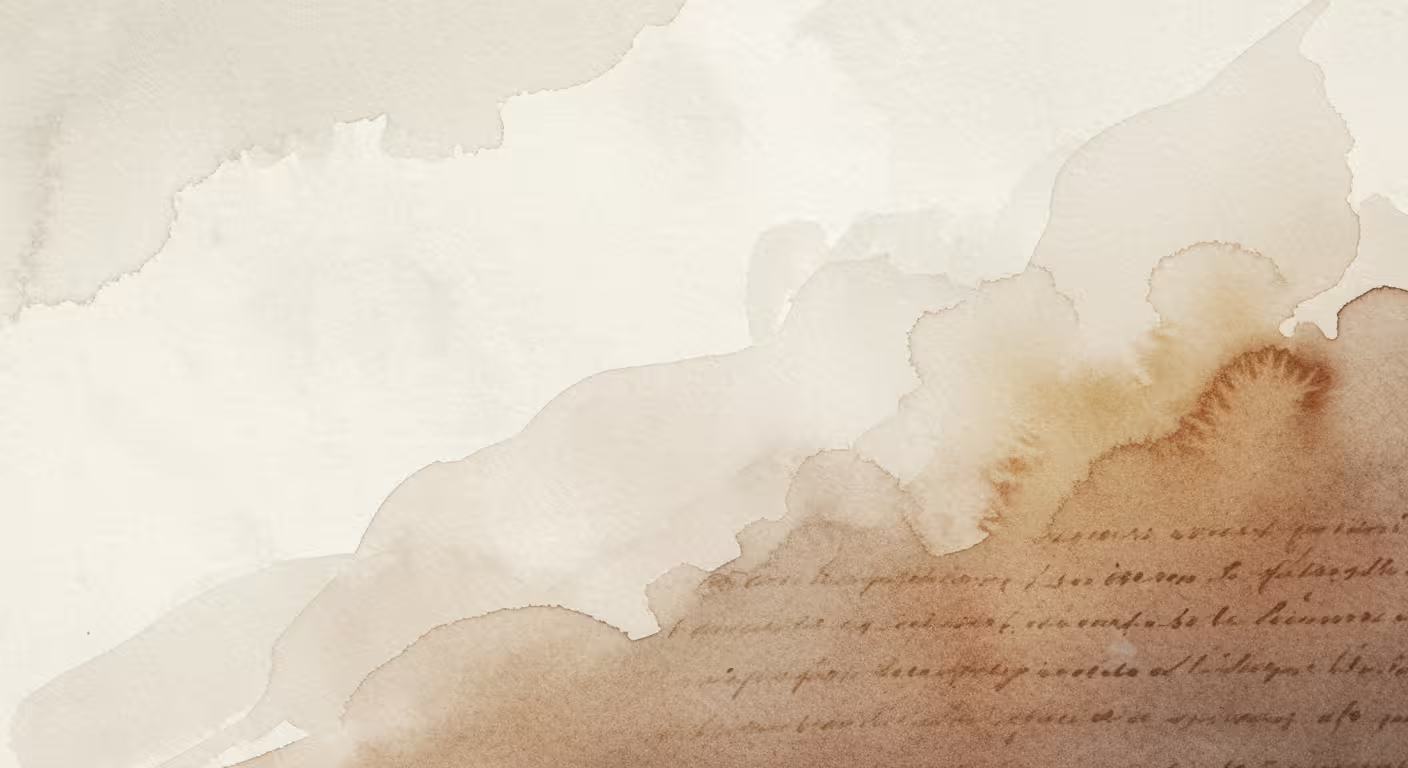Fa Xian visits Anuradhapura
In the year 399 AD, a Chinese Buddhist Scholar monk named Fa-Hien embarked on a heroic odyssey, on foot, from China to Sri Lanka crossing the great Gobi desert. He came to Anuradhapura during its glorious days. He narrates extensively on Abhayagiri Dagoba and the monastery and a priceless colossal Buddha statue carved in Jade, a gem material.,"Where there are now five thousand monks. There is in it a hall of Buddha, adorned with carved and inlaid work of gold and silver, and rich in the seven precious substances, in which there is an image (of the Buddha) in green jade more than twenty cubits high." He also narrated the cremation of Mahinda Thero, whom he didn't see alive, but had just arrived in time in Sri Lanka at the time of funeral.,Fa-Hien's description of Anuradhapura is particularly revealing of the ancient urban planning of ancient Sri Lanka. "The dwellings of the merchants are very grand; and the side streets and main thoroughfares are level and well-kept. At all points where four roads meet there are chapels for preaching the Faith: and on the eighth, fourteenth and fifteenth of each month, a lofty dais is arranged where ecclesiastics and laymen come together from all quarters to hear the Faith expounded.",Fa-Hien went on to narrate what would have been the earliest precursor to the modern Kandy Esala Perehera Pageant. "The sacred Tooth is then brought out and passes along the central street, receiving the homage of offerings as it goes by. Arriving at the Hall of the Buddha in the shrine of the Abhayagiri monastery, ecclesiastics and laymen flock together in crowds, burn incense, light lamps and perform the various ceremonies of the Faith day and night without ceasing.",Fa-Hien spent two years in Sri Lanka copying the Vinaya Pitakaya of Theravada Buddhism and returned to China by sea.
